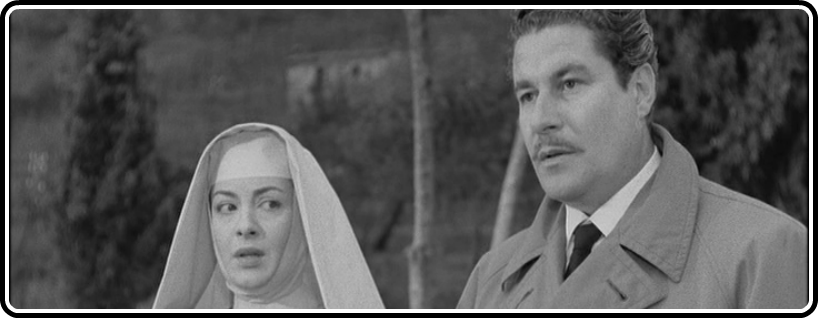
After spending the past week contemplating The Leopard, a Palme d’Or winner from 1963 that ranked #57 in last year’s Sight and Sound poll of the Greatest Films of All Time, I wasn’t quite ready to make the abrupt transition from Luchino Visconti’s dignified historical epic to the next film in my Criterion Reflections queue, Seijun Suzuki’s vicious yakuza genre breakthrough Youth of the Beast. No, I needed something that settled at a comfortable midpoint between those two polar extremes of cinematic greatness. Something expansive, iconic and Italian, like The Leopard, but with the kind of intensified, whiplash-inducing plot twists and raw emotional manipulation that I’m expecting from Youth of the Beast. If that’s what I’m in the mood for, who better to turn to than Italy’s own Maestro of Maudlin and Melancholy? Yes, that’s the ticket – it’s time for me to revisit Eclipse Series 27: Raffaello Matarazzo’s Runaway Melodramas.

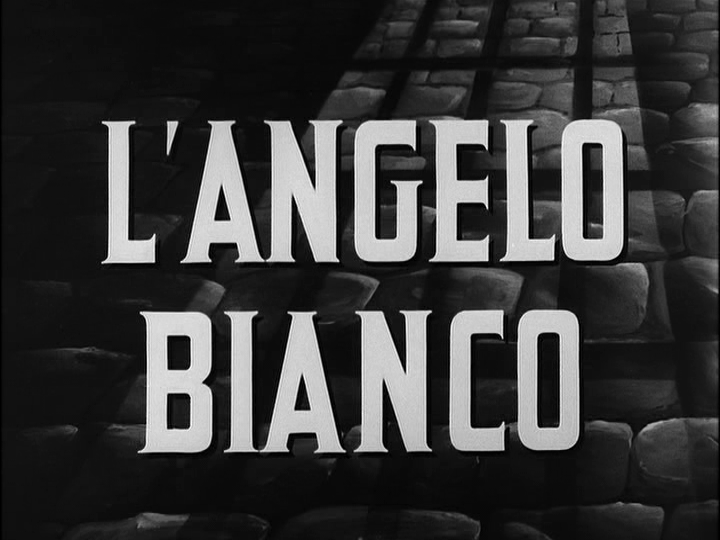
Back in 2011, when the box set was first released, I wrote this capsule review of all four films, but I have to admit that deadline pressures compelled me to rush through the last two titles in this collection. Today, I’m breaking my normal rules of focusing on one film at a time in this Journey Through the Eclipse Series, because I watched Nobody’s Children and its sequel The White Angel back-to-back over the Easter weekend. And what perfect timing that turned out to be. Forget the annual network airing of The Ten Commandments or the History Channel’s popular series on The Bible – these two films were splendid examples of religiously themed, heavy handed symbolism at its most luridly appealing, and far more applicable to the absurdities and pitfalls of modern life than those self-consciously archaic renditions of past millennia will ever be, at least according to my tastes.


The fullest appreciation of this “diptych” (as Criterion calls it in ther liner notes) is reserved for those who come to the films having already made the acquaintance of stars Amedeo Nazzari and Yvonne Sanson. Their portrayal of lovers doomed by the cruelties of fate ignited a box office sensation in their first film together, Chains, and kept the turnstiles spinning in the follow-up hit, Tormento. Though those two were not connected in terms of plots and characters, the on-screen chemistry between them struck just the right balance between smoldering passion and constrained propriety that contemporary Italian viewers were looking for. Sanson in particular stands out. Tall, full-figured and tempestuous, she captured an ideal of earthy femininity cloaked in heartfelt piety that surely proved appealing to both women and men in the audience. For my money, she’s the glue that holds Matarrazzo’s turbulent plots together, and there’s no better showcase for her talents than these two movies.
Another bonus to enjoy in Nobody’s Children is the supporting role played by Folco Lulli, most familiar for his memorable performance as Luigi in Wages of Fear. Here he looks like he could have stepped right off of the Wages set with just the slightest wardrobe change, from the garb of a piss-poor truck driver in Clouzot’s cynical thriller to that of a greedy, corrupted foreman, Anselmo, who oversees the quarry owned by Count Guido Canali (Nazzari’s character.)
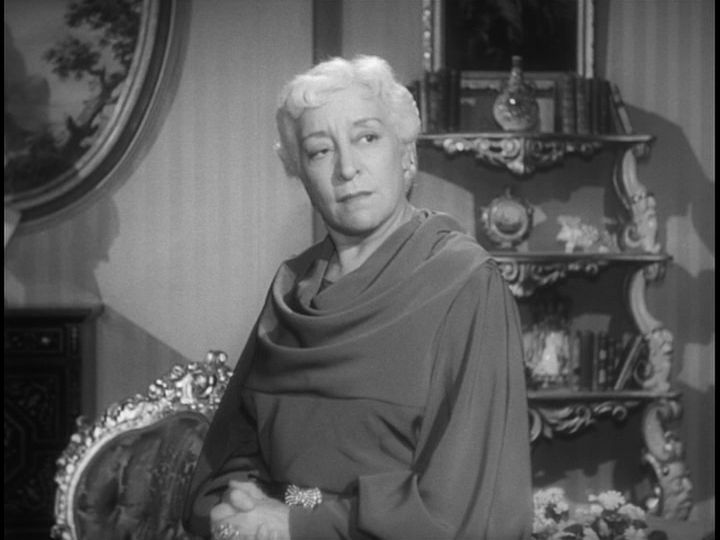
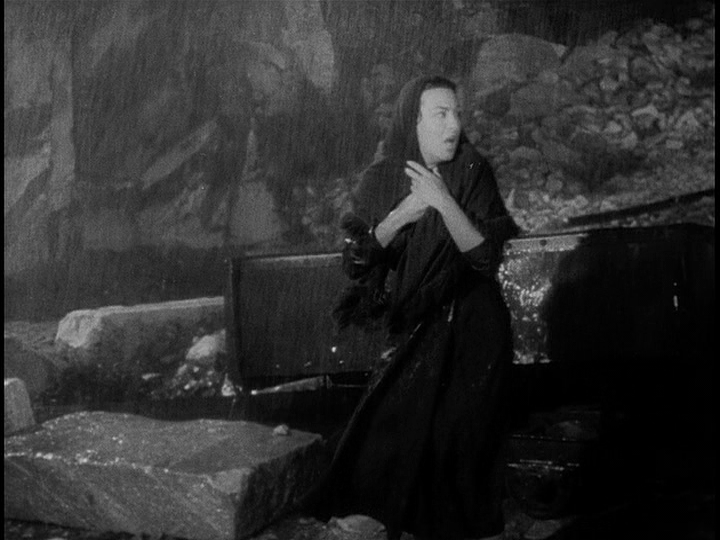
The potboiler engine that drives the narrative over this two-part, three-hour soap opera bears the slightest of similarities to The Leopard, though I almost feel embarrassed drawing the comparison or even including them in the same paragraph. In each, a member of the nobility finds himself attracted to a beautiful woman whose social status is a class or two beneath him. Other than that, the language spoken by the characters, the length of time it takes to tell the story and the studio that produced them (Titanus, which The Leopard actually bankrupted), there are no other similarities between the films, so I will cease with that line of commentary. Count Guido’s major obstacle in openly declaring his love for Luisa (Sanson) is the disapproval of his mother, a widow who still has a tight hold on the family fortune, even though Guido, as the lone male heir in this patriarchal society, is the nominal head of the family.
The main problem with Luisa is that she’s the daughter of a lowly old peasant who’s employed as a security guard at the quarry. Despite her obvious allure, she’s simply not a fit match for the Count, according to the normal order of things. But Guido doesn’t care – he’s ready to openly declare his love for her, regardless of the consequences. Mother will just have to deal with it. But then all sorts of calamity rain down. First, Guido is sent off to England to take care of some business matters. In his absence, he promises to write Luisa every day, but her letters are intercepted by Anselmo, who snitches on them to the Countess and causes the lovers to suspect the worst about each other after their communication is disrupted. Then, Luisa’s father dies, leaving her exceedingly vulnerable to Anselmo’s lustful advances that spill over into an attempted rape. That sends Luisa screaming into the night, through a driving rainstorm where she seeks refuge in an old woman’s secluded cabin in the woods… where she soon discovers that she’s pregnant with Count Guido’s baby.
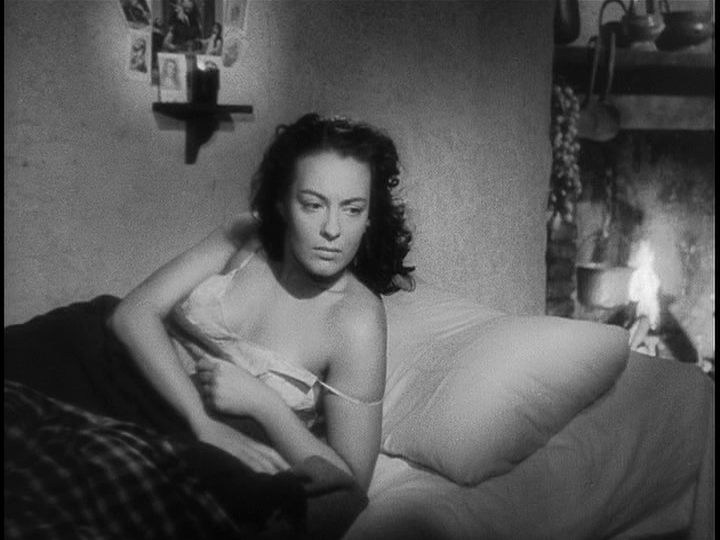
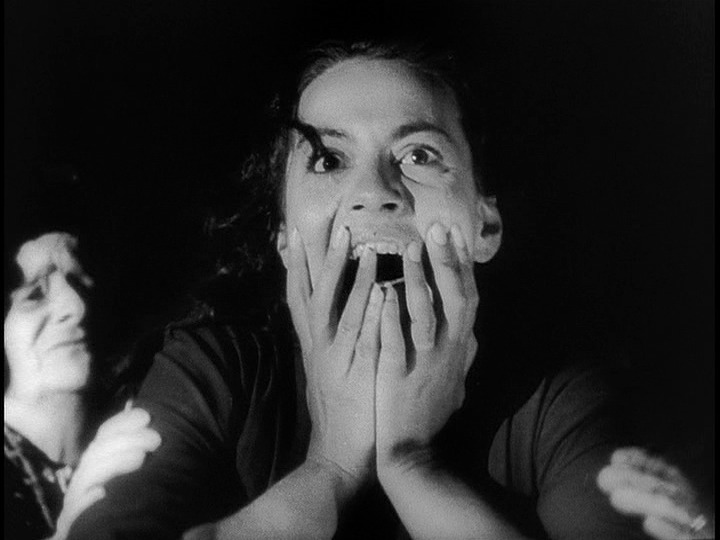
Now feeling seduced and abandoned by the man she thought loved her truly (and who truly does, despite circumstantial evidence to the contrary), Luisa eventually gives birth and begins a new life for her and her son in this secluded rustic idyll. But don’t expect that level of tranquility to last more than a few minutes in a Matarrazzo film. It’s just a matter of time before tragic, horrible things happen to shatter Luisa’s bliss.
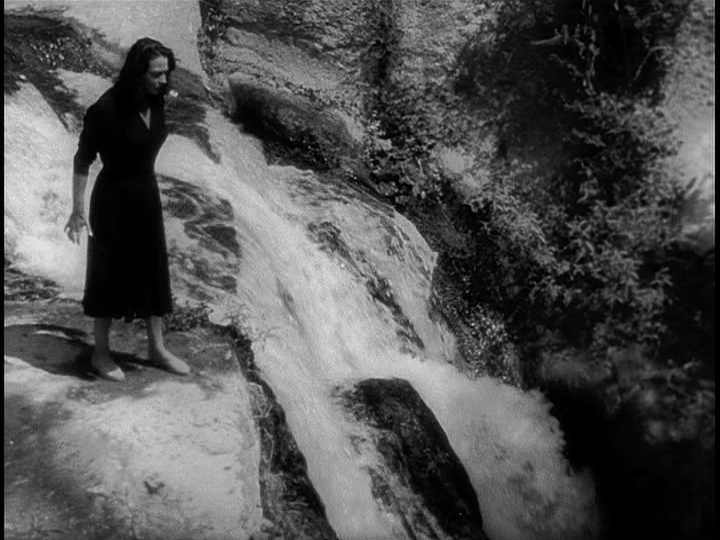
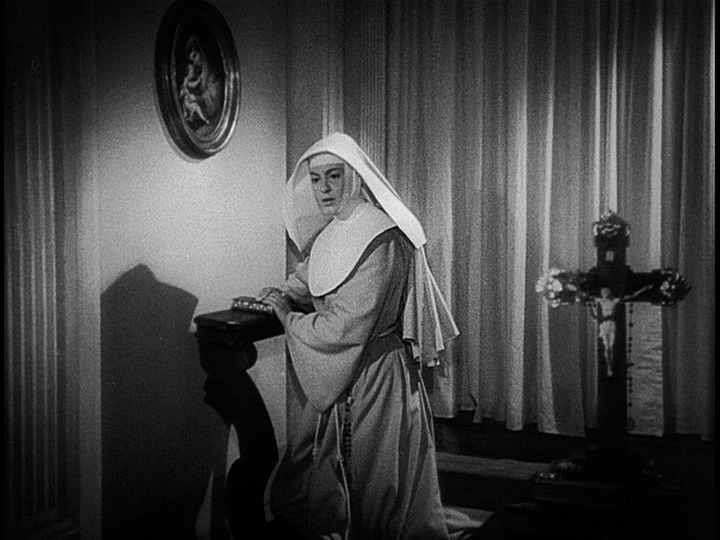
I won’t spell out all the twists and turns here, of course – there’s joy, or at least guilty pleasure, to be found in the discovery, but I suppose the capsule snippet I composed above gives a sense of just how ludicrous some of the developments can get. Yet the emotional response of Luisa and Guido to the circumstances they find themselves in always makes sense, if you allow yourself to suspend the disbelief and get into the predicaments each character faces. Luisa gets the worst of it, careening from abject depression on the brink of suicide to a sublimation of her grief into the consolations of religious vows. But Guido’s plight is easily relatable for guys who’ve felt a strong attraction to someone just beyond their reach, not through any fault of their own but for the damned interruptions, expectations and obligations that just make it impossible to hook up with the one they love, when and how they feel like it.
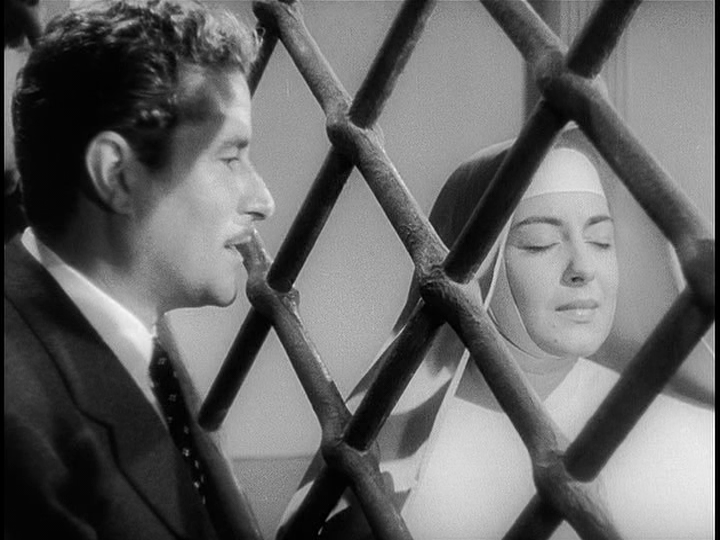
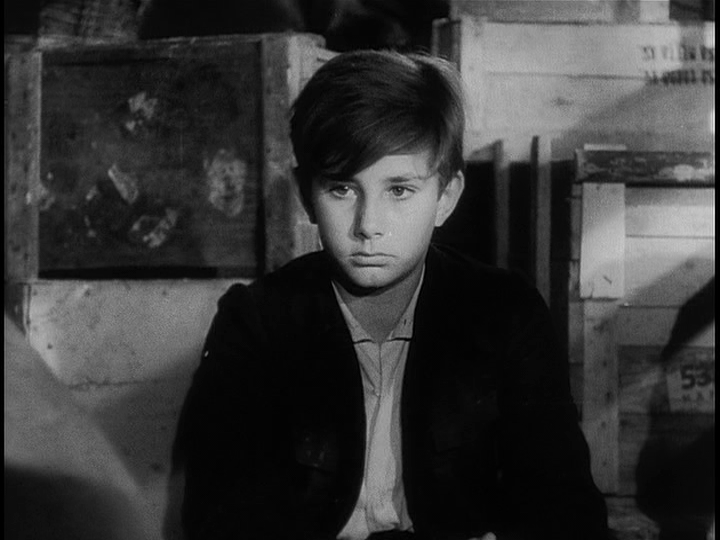
Guido and Luisa do eventually reunite, of course – it wouldn’t be properly tragical if they never saw each other again – but by the time they do, Luisa has renounced all worldly and carnal pleasures and will only hold terse, minimal conversations with her former sweetheart. Of course it’s killing her inside, but she maintains a noble, self-sacrificial composure despite Guido’s plea to return to what was lost. A further, bitter twist on it all exists in the mind of the viewers, as we’re aware of a boy whose existence, if Guido and Luisa only knew what we did, would give them each a drastically different outlook on life. But they don’t get that crucial information until it’s pitifully too late, leading to the explosive conclusion of Nobody’s Children.


The White Angel, released in 1955, three years after Nobody’s Children, picks up pretty close to where its predecessor left off, with Luisa still in the convent and Guido lamenting his status as a husband in a respectable but loveless arranged marriage, still not quite ready to move on after losing the one great love of his life all those years ago. Of course, three years in the careers of movie stars and directors can be a long time, and Matarazzo had to find a creative way to showcase Yvonne Sanson’s sophisticated new look, in line with mid-50s fashions, and a different side of her flamboyant personality, just to keep things interesting. Sure, she looks divine in a nun’s habit, but the crowd wants more!
So an ingenious plot device was concocted that played perfectly into the scheme of obsessive erotic ardor that runs like a hot lava current beneath the surface of all the films in this box. After Guido’s wife and daughter perish in a horrid boating accident sparked by a bitter custody dispute, he’s a man adrift, trying to bury his grief by focusing on business, until a chance encounter on a late night train with Luisa’s doppelganger throws him into an emotional tumult once again.
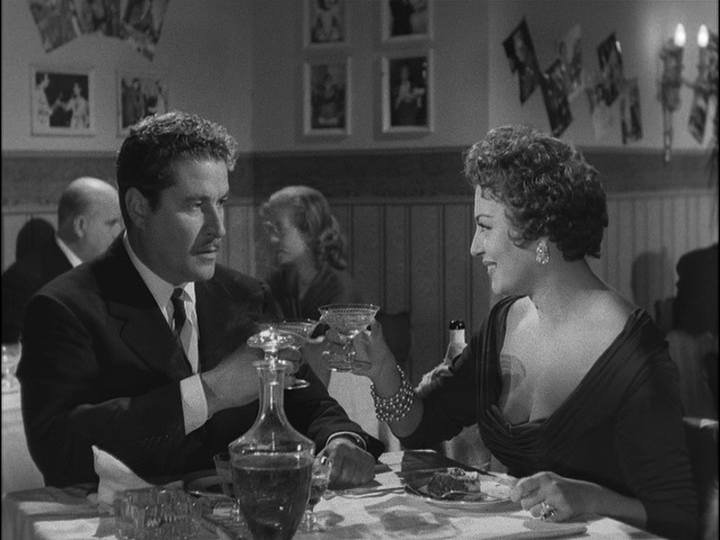
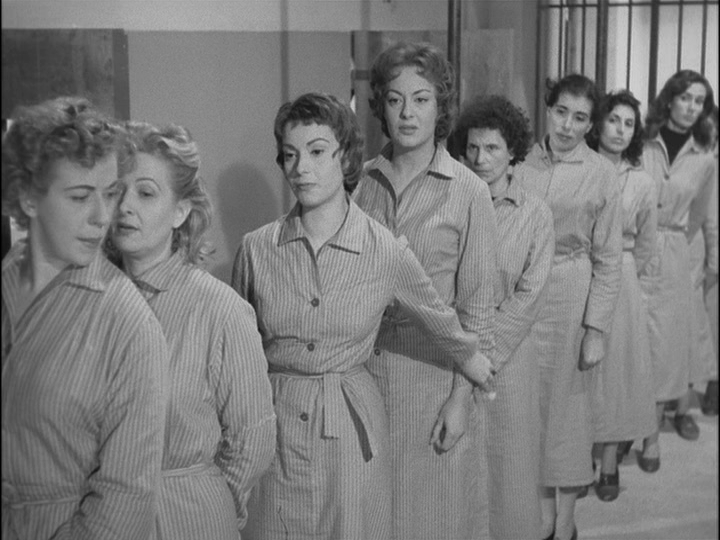
Guido just can’t get over how much this new acquaintance, who calls herself Lina, looks like his beloved Luisa. He wonders if maybe it really is Luisa, who having broken her vows has now adopted a new identity and way of life. He hovers around, looking to see if he can coax an admission out of her, since she denies knowing anything about this Luisa of whom he speaks.
And it turns out that Lina is quite a bad girl, after all, who runs with unscrupulous crooks and thugs who instinctively detect a sucker, ripe for easy pickin’s in this lovelorn and naive aristocrat. Unfortunately for her, she gets caught up in a police raid that finds her in possession of contraband belonging to her shady pals, which sends her to prison, which puts her in line for a slew of perils ranging from rivalries with the queen bee of her cell block to the burden of… yes, being pregnant with the Count’s child. (That Guido may be kind of a fop, but he sure is one potent son of a bitch.)
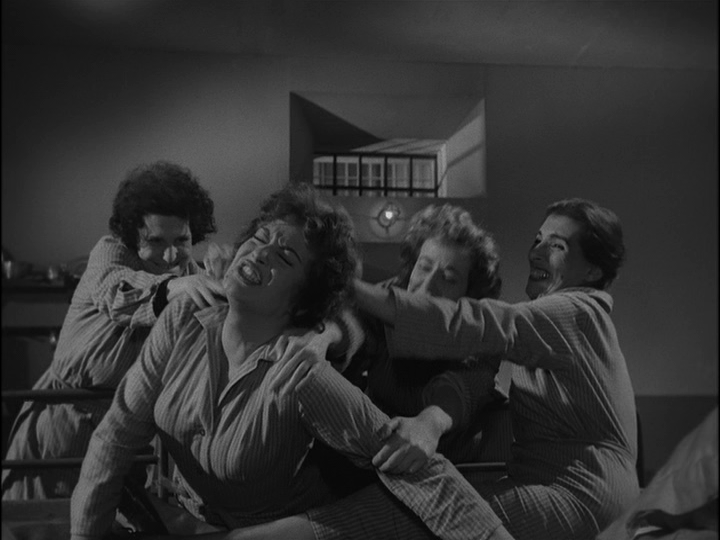
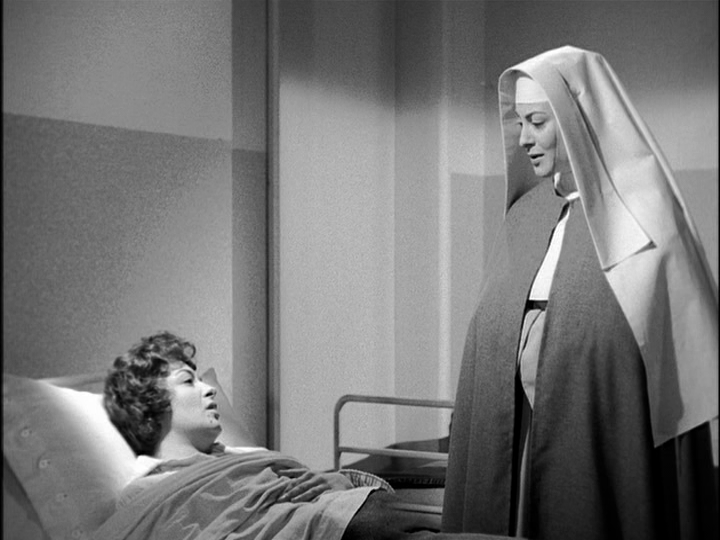
Matarrazzo treats us to a few gratuitous (but structurally and thematically necessary, to be sure) scenes of pent-up female rage unleashed, along with some well-executed special effects in which both of Sanson’s characters talk directly to each other in the same frame. I was merely expecting the usual over-the-shoulder reverse shots, and we do get some of that, but Matarrazzo puts Luisa and Lina in eye contact with each other at least twice. His directorial techniques do show signs of maturity and increased technical proficiency as he progresses from film to film, and The White Angel is probably the most accomplished in that regard, making some vivid visual impressions through lighting and composition effects, particularly in its use of religious objects and what I’d call a liturgical approach to choreography.
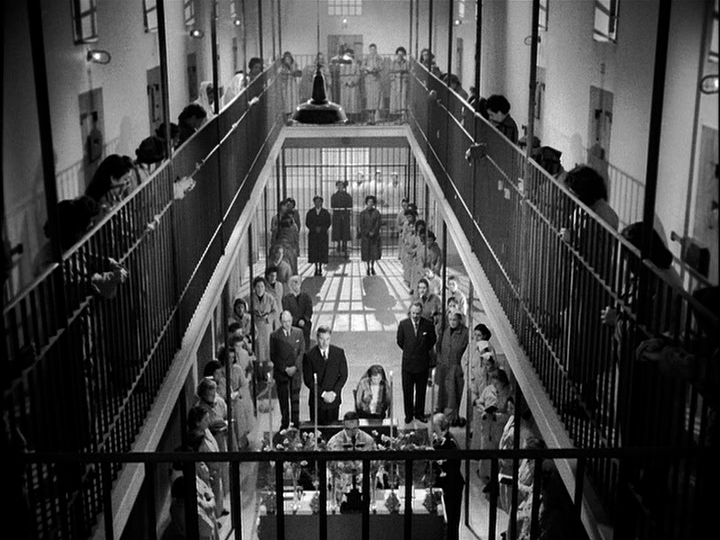
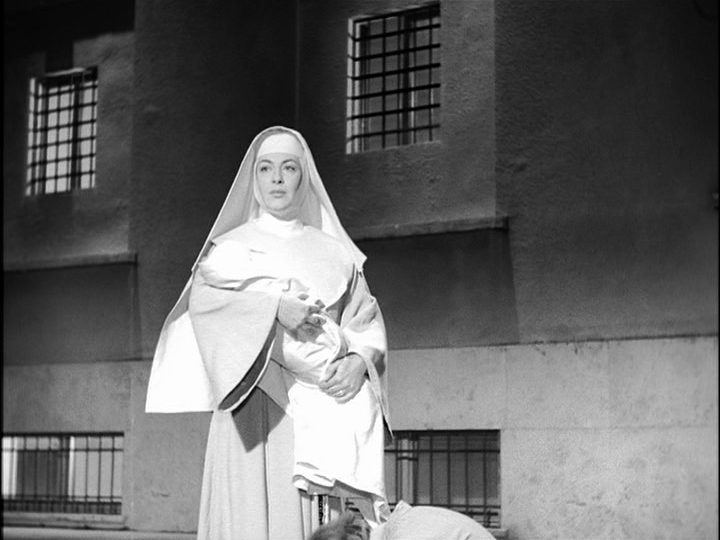
By the time we get to the end, The White Angel easily fulfills the promise implied in its title, as Guido and Lina hold the most implausible of jailhouse weddings and Luisa assumes a beatified station in the cosmos via her apotheosis as the embodiment of redirected maternal virtue. Going back to the point I made about suspension of disbelief earlier, there are two basic ways of approaching and enjoying these films. The first, and probably most common from an in-the-know 21st century perspective, is to maintain our skepticism and just have some indulgent laughs at how preposterous it all is, the wild surges of emotion and conflict and cruel ironies that disrupt the simple pleasures these characters long for. I’m all for that, and I definitely had my share of guffaws as I rode Matarazzo’s roller coaster of guilt and sorrow. In the clip below, you can watch the final scenes of The White Angel for yourself, if you don’t mind spoilers. And isn’t it usually the case that we already know how religiously-themed stories are going to end, anyway? In such entertainments, the blessing comes from following well-trod paths.
[youtube http://www.youtube.com/watch?v=yb-4k1HBU8E?rel=0]
In juxtaposition to what’s written above, I don’t think it hurts us too much to view these films in a more earnest light, seeing them as sincere efforts to provide some empathy and relief for real people struggling with dilemmas not all that different from what we see on the screen. I have friends and acquaintances dealing with serious grief and loss issues, child custody battles and broken relationships, obsessive memories, legal problems, parental condemnation, entrenched poverty and social alienation. And I myself have had to work my own way through some of that crap as well. As hard as these runaway melodramas may be to take at face value, their heart is in the right place as they seek to lift our weary spirits to a higher plane.
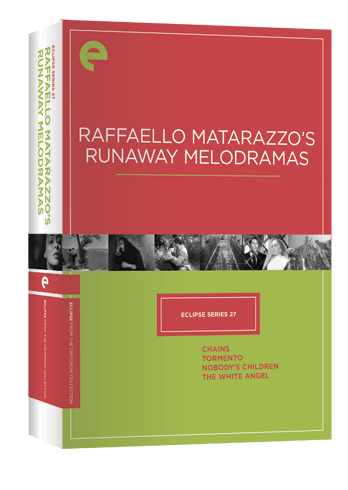
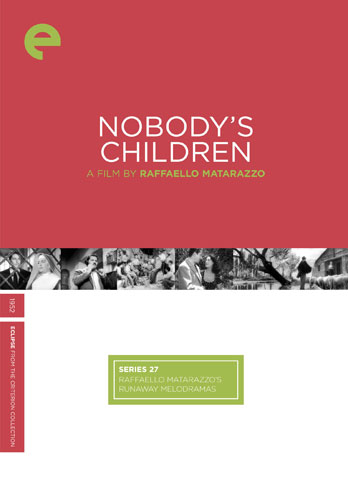
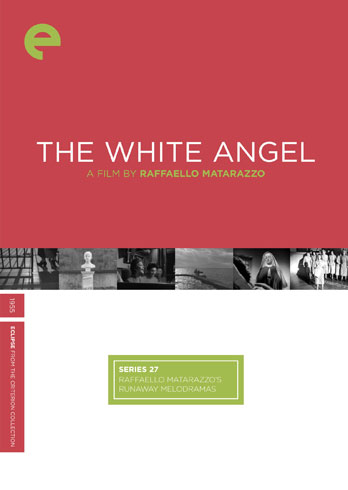



![Bergman Island (The Criterion Collection) [Blu-ray]](https://criterioncast.com/wp-content/uploads/2022/11/bergman-island-the-criterion-collection-blu-ray-400x496.jpg)
![This Is Not a Burial, It’s a Resurrection (The Criterion Collection) [Blu-ray]](https://criterioncast.com/wp-content/uploads/2022/11/this-is-not-a-burial-its-a-resurrection-the-criterion-collection-blu-ray-400x496.jpg)
![Lars von Trier's Europe Trilogy (The Criterion Collection) [The Element of Crime/Epidemic/Europa] [Blu-ray]](https://criterioncast.com/wp-content/uploads/2022/11/lars-von-triers-europe-trilogy-the-criterion-collection-the-element-of-400x496.jpg)
![Imitation of Life (The Criterion Collection) [Blu-ray]](https://criterioncast.com/wp-content/uploads/2022/11/imitation-of-life-the-criterion-collection-blu-ray-400x496.jpg)
![The Adventures of Baron Munchausen (The Criterion Collection) [4K UHD]](https://criterioncast.com/wp-content/uploads/2022/11/the-adventures-of-baron-munchausen-the-criterion-collection-4k-uhd-400x496.jpg)
![Cooley High [Criterion Collection] [Blu-ray] [1975]](https://criterioncast.com/wp-content/uploads/2022/11/cooley-high-criterion-collection-blu-ray-1975-400x496.jpg)